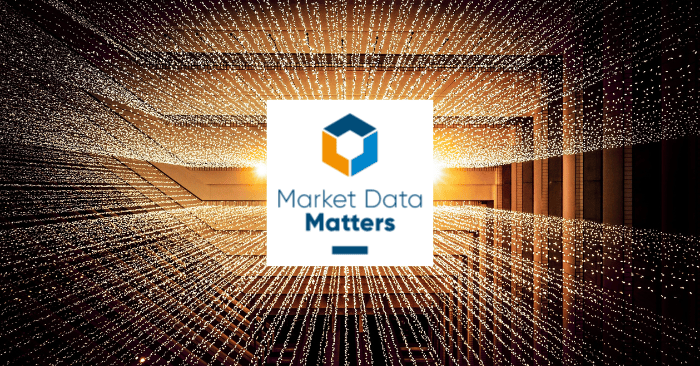A lack of transparency of data usage within your organization translates to a lack of understanding of the enterprise subscriptions your business is using - some of which may involve premium costs - and how you are using them. Are you under utilizing services? Or is a lack of monitoring causing unintentional noncompliance?
What can be done to achieve better visibility?
Adopting a robust usage monitoring system for reference and other enterprise
data can yield benefits on a number of levels. The first is cost. Ensuring you are paying only for data you need drives down costs. Furthermore, implementing a proactive control mechanism over data usage means firms can develop and enforce policies with respect to access. TRG Screen Usage Management helps financial institutions gain greater understanding of their usage of reference data services via the Xmon reference data tracking platform.
How can better usage transparency help?
Despite the sophistication of your institutions’ use of reference data and other non-real time enterprise information, tracking and control over usage remains out of reach for many firms.
One large hedge fund in North America reported 45% of direct costs savings from improved transparency and licensing compliance. Another large global asset management firm was able to shave 25% off its $2.5 million annual data spend. As a result of the greater understanding of user consumption and subsequent optimization of data resources, customers have enjoyed significant
business benefits by using TRG Screen's Xmon.
Tracking internal data sources
Tracking reference data should not only be limited to external data sources (i.e. vendors). For organizations to have a full picture about who's using what, tracking reference data flows in the organization would be the logical next step. Using Xmon for internal data tracking allows for permissioning of reference data, accurate usage reporting, and lays the foundations for building data lineage and data flow diagrams in the organization.
Learn how to enhance reference data transparency, control and governance






